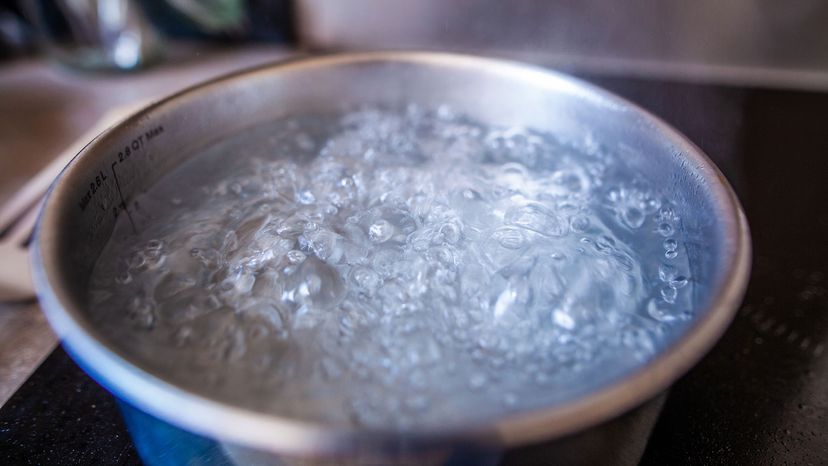Distilled water is a type of purified water obtained through the process of distillation, which effectively removes impurities, minerals and other contaminants.
The distillation process involves heating water until it turns into steam, leaving behind the majority of dissolved substances such as salts, minerals and various organic and inorganic materials. As the water vapor rises, it is free from the contaminants that remain in the boiling chamber.
The steam is then cooled in a separate chamber, where it condenses back into a liquid state. This condensed liquid is the distilled water, which is remarkably pure, containing almost no dissolved minerals or other substances.
This purity makes distilled water particularly useful in situations where the presence of impurities might interfere with processes or damage equipment, such as in scientific laboratories, medical fields, in the maintenance of automotive cooling systems and in certain industrial processes.
Drinking 'Pure' Water
While distilled water is also safe for consumption, it has a distinctively flat taste due to the absence of minerals that are typically found in regular drinking water.
One thing to keep in mind about drinking distilled water over the long term is that it doesn't have essential minerals, like calcium and magnesium, that our bodies require. (Though, we do primarily get those nutrients from our food.)
